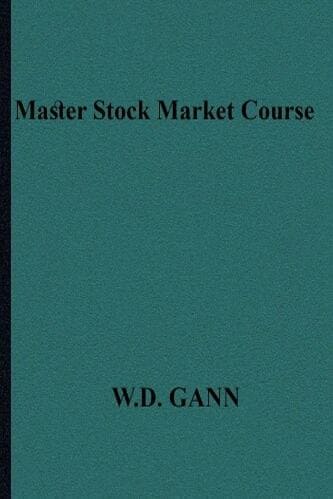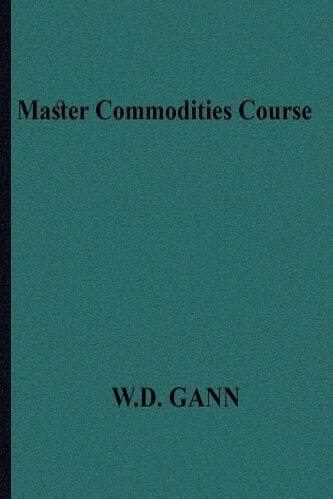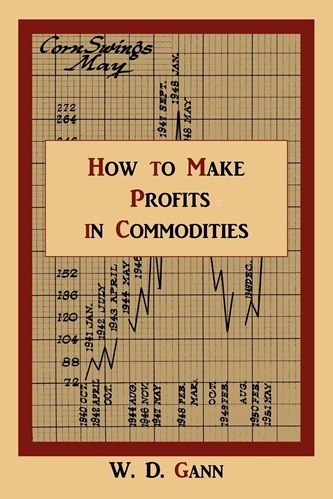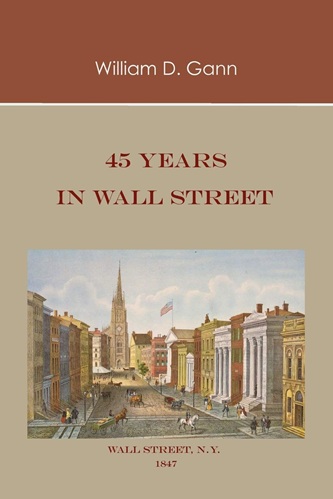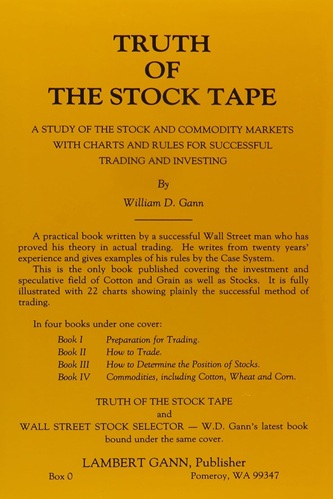W. D. Gann
William Delbert Gann is perhaps the most mysterious of all the famous traders in history. Known for using geometry, astrology and ancient mathematics to predict events in the financial markets and historical events, Gann’s trading strategies are still widely used today, long after his death in 1955. Gann’s disciples claim he was one of the most successful stock and commodity traders who ever lived, while critics argue there’s no concrete proof he ever made a great fortune from speculation. Was Gann really a great trader, or was he merely a guru who profited from selling books and running seminars?
Early Life of W.D. Gann
W.D. Gann was born in 1878 in Lufkin, Texas, the first of 11 children in an impoverished cotton-farming family. He neither graduated from grammar school nor attended high school as he was needed at home to work on the farm. His education mainly came from the Bible (he was raised a Baptist), which he used to learn to read, and in the cotton warehouses, where he learned about commodities trading. Gann started his career working at a brokerage firm in Texarkana and attending business school at night.
New York
In 1903, a year after he began trading in the stock and commodity markets, Gann moved to New York City to work at a Wall Street brokerage firm. He soon opened his own brokerage firm, W.D. Gann & Company. He further developed his investment strategy as a broker as he observed the mistakes made by his clients and learned from them.
Newsletters, Books and Courses
In 1919, Gann began publishing a daily market letter called The Supply and Demand Newsletter, covering stocks and commodities and making yearly forecasts. In 1923, he started another publication called The Busy Man’s Service, in which he gave specific trading recommendations. He also wrote a number of books throughout his life, including The Tunnel Thru the Air (a coded science fiction novel containing some of his core ideas) and 45 Years In Wall Street. Late in his career, he sold a ‘master course’ to private students for $5,000 apiece (roughly equivalent to $50,000 today).
Cycles
Gann often quoted the Book of Ecclesiastes, chapter 1, verse 9: “That which has been is what will be, that which is done is what will be done, and there is nothing new, under the sun.” He believed everything occurring in markets has historical reference points. Essentially, everything has happened before and will eventually repeat itself. He studied ancient geometry and astrology to investigate how market events and specific numbers repeated across various time cycles.
On these cycles, he stated: “To make a success you must continue to study past records, because the market in the future will be a repetition of the past. If I have the data, I can tell by the study of cycles when a certain event will occur in the future. The limit of future predictions based on exact mathematical law is only restricted by lack of knowledge of correct data on past history to work from.”
He identified a number of time cycles of importance, viewing the 60-year cycle as being of major importance. He stated: “This is the greatest and most important cycle of all, which repeats every 60 years or at the end of the third 20-Year Cycle. You will see the importance of this by referring to the war period from 1861 to 1869 and the panic following 1869: also 60 years later – 1921 to 1929 – the greatest bull market in history and the greatest panic in history followed. This proves the accuracy and value of this great time period.” In November 1928, Gann reportedly issued an “Annual Forecast for 1929” which predicted the end of the great bull market of the 1920s on September 3, 1929 (the crash actually occurred on October 24) and the crisis that followed.
He also placed great emphasis on the 90-year cycle, which, Gann advocates say, predicts a potential financial crisis occurring in 2019. This year will be 90 years after the financial crisis of 1929, which itself occurred roughly 90 years after the Panic of 1837. And a smaller cycle of note, 144 months, also coincides with 2019: 144 months is the span between 2007 (the most recent major financial crisis) and 2019. Some of Gann’s less esoteric ideas are commonly used in technical analysis tools today, often integrated into charting and trading software platforms. A common example is Gann fans, consisting of a series of diagonal lines called Gann angles. These angles are superimposed over a price chart to show potential support and resistance levels.
Our Top Trading Course about W.D Gann’s Method:
- Ultimate Gann Course 9-DVD Series
- W.D Ganns Master Time Factor, The Astrological Method
- W.D. Gann Secrets Revealed Video Course
- Ultimate Gann Course Coaching Online Classroom
Supporters
One of the strongest pieces of evidence bolstering Gann’s reputation as a master trader hails from a 1909 Ticker and Investment Digest article by Richard D. Wyckoff, a well-respected figure on Wall Street at the time. The article describes Gann’s performance recorded by an independent observer: “During the month of October, 1909, in twenty-five market days, W D Gann made, in the presence of our representative, two hundred and eighty-six transactions in various stocks, on both the long and short side of the market. Two hundred and sixty-four of these transactions resulted in profits; twenty-two in losses. The capital with which he operated was doubled ten times, so that at the end of the month he had one thousand percent of his original margin.”
Doubters
At the other end of the spectrum, Alexander Elder, in his 1993 book Trading for a Living, presented a more skeptical view, later used as evidence by Gann doubters.“Various opportunists sell ‘Gann courses’ and ‘Gann software.’ They claim that Gann was one of the best traders who ever lived, that he left a $50 million estate, and so on. I interviewed W.D. Gann’s son [John L. Gann], an analyst for a Boston bank. He told me that his famous father could not support his family by trading but earned his living by writing and selling instructional courses. When W.D. Gann died in the 1950s, his estate, including his house, was valued at slightly over $100,000. The legend of W.D. Gann, the giant of trading, is perpetuated by those who sell courses and other paraphernalia to gullible customers.” Gann defenders counter John L. Gann’s statement should be viewed with the knowledge of the bitter falling-out he had with his father, which stemmed from an ill-fated decision to join his father’s business in the 1940s—the two wound up parting ways.
The Bottom Line
While the scope of W.D. Gann’s trading achievements remains unclear, it’s obvious Gann’s legacy, inflated or no, continues to fascinate traders. There will always be those in the financial markets who are looking for a mechanism (or a guru) to find order in the apparent chaos of price movements.
Gann’s Free Original Sources:
- Gann, W.D. – Corn Cycles
- Gann, W.D. – Face Facts USA
- Gann, W.D. – Natural Resistence Levels & Time Cycle Points
- Gann, W.D. – Original Charts
- Gann, W.D. – Resistance Levels
- Gann, W.D. – Scientific Stock Forecasting
- Gann, W.D. – Soybeans Price Resistance Levels
- Gann, W.D. – Speculation as a Profitable Profession
- Gann, W.D. – Summary of W.D. Gann’s Techniques of Analysis
- Gann, W.D. – The Basis of My Forecasting Method
- Gann, W.D. – The Master Mathematical Price Time and Trend Calculator
- Gann, W.D. – The Ticker & Investment Digest

